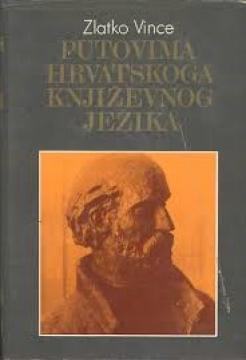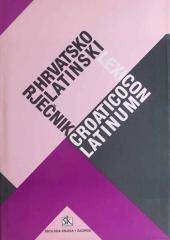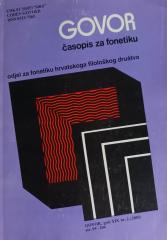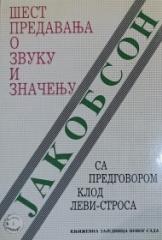
Putovima hrvatskoga književnog jezika
The book is still required reading at philological faculties today because it systematically connects language with literature and social context for the first time. It is written clearly, without ideological exclusivity, which was a rarity in 1990.
The book is a classic overview of the history of the Croatian literary language from the oldest monuments to the end of the 20th century. Vince divides the development into five main periods:
- Old Croatian (9th–15th century) – Church Slavonic as a literary language, but with a strong penetration of the folk Čakavian element (Bašćanska ploča, canons, prayer books).
- Renaissance and humanism (15th–17th century) – trilingualism (Čakavian, Štokavian, Kajkavian) and the first standardization: Marulić, Hektorović, Zoranić, Vetranić. The Ozalj circle as a peak.
- Enlightenment and Renaissance (18th–19th century) – conflict between Kajkavian (Reljković) and Štokavian; victory of the Štokavian-Ijekavian model among the Illyrians and Gaj's orthography 1835–1850.
- 19th century – “golden age”: from Vraz–Mažuranić–Senoa to Kranjčević; standardization of grammar (Daničić, Maretić) and dictionaries (Broz-Iveković).
- 20th century – new challenges: Croatian-Serbian “unified language” 1918–1991, purist resistance (Krstić, Brozović), and finally the establishment of an independent Croatian standard after 1991.
Vince shows in detail how the Croatian literary language has always been a multivariate standard (three dialects, three scripts) and how political history has constantly influenced the standard.
One copy is available





